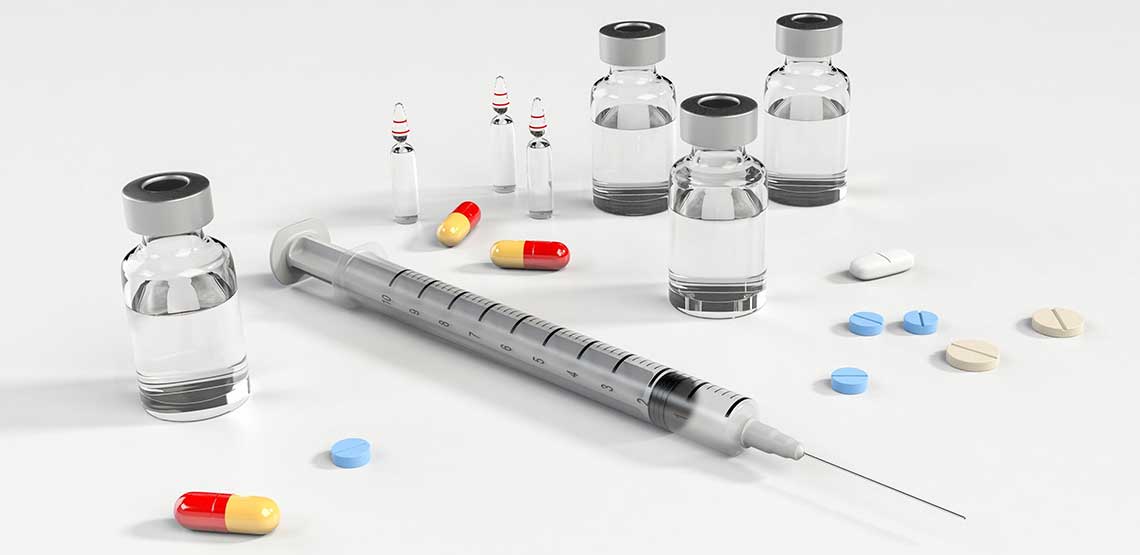Colors of Mucus
Mucus is a normal fluid in the body that has a similar consistency to egg whites, being viscous and sometimes soft and elastic. Normal mucus is composed of 97% water and 3% solids, including proteins, salts, lipids and mucins. All mucus in the body has it function. For example, in the airways it provides defense against toxic and pathogenic agents. When there is normal, healthy, production of mucus in the airways, up to two liters of mucus is produced in a single day.
However, when secretion production is diminished or absent, the airways become dry and do not function properly, leaving the body more susceptible to serious disease. In this article, we outline the function of mucus and discuss the various colors of mucus. We also talk about situations where you should seek medical attention.
Mucus Function
Mucus retains pathogens, toxic particles and volatile chemicals that are aspirated from the environment through breathing that may cause damage to the lungs. When a foreign substance enters the airways, mucus is overproduced by cylindrical beat and these harmful agents are then eliminated from the body by the expulsion of mucus via coughing.
Related Search Topics (Ads)
While a deficient mucus barrier leaves the lungs vulnerable to injury and diseases, excessive mucus production and over-activity contributes to the pathogenesis of acute or chronic airway disease.
What is Sputum?
Sputum is the result of a mixture of saliva and mucus. It is expelled from the respiratory tract out of the mouth by coughing. Sputum is common when there is an infectious process (inflammation) or disease that increases the secretion of mucus affecting the body.
Different Colors of Mucus
Mucus color can reveal signs of airway disease, lungs disease, post-traumatic events, allergies, as well as bacterial or fungal infections.
The most commons colors of mucus that an individual may experience include:
- Clear, crystalline, transparent. Normal mucus is transparent, whitish or greenish, since it consists mostly of water, salts, enzymes and antibodies. The normal texture is similar to egg whites. However, it is also normal to find deposition of dry, dark mucus with a thick texture inside the nostrils.
- Yellow purulent, greenish yellow. Purulent yellow or greenish yellow mucus reveals that there is a bacterial infection that the immune system is fighting. During the initial phase of infection there is typically a large quantity of mucus, which tapers off and becomes darker in color.
- Green. Abundant green mucus indicates infection, either viral or bacterial.
- Red, Pink. Red mucus is indicative of bleeding. Red or pink mucus or phlegm indicates recent bleeding. Occasionally there may be bleeding due to inflammation of the nasal mucosa, or due to trauma. Red mucus may also occur if significant irritation of the pharynx is developing, resulting in frequent coughing (there may be bloody sputum). Lung diseases, including lung cancer or tuberculosis, can also cause bloody mucus since these diseases can cause small blood vessels in the lungs or airways to get weak and collapse, leading to bleeding.
- Brown. Brown mucus usually indicates bleeding that occurred several hours or days ago.
- Black. While uncommon, black mucus can reveal the presence of a fungal infection. It can appear after inhaling smoke from a fire, in coal mining workers, or after being exposed to highly polluted air.
- White. White mucus may indicate fungal infection. Whitish, gray and frothy mucus can be a sign of chronic obstructive pulmonary disease (COPD).
When to See a Doctor
You should see a doctor if the volume of mucus increases, if there is a change in its color and if you have symptoms such as:
- An abundance of nasal secretion accompanied by fever, continuous pain in the frontal sinus, presence of abundant green mucus.
- Chest pain and thick sputum, as these symptoms are usually caused by COPD.
- Red or pink mucus accompanied by cough, fever, fatigue, or chest pain.
- Developing new or increased red, brown, black, or frothy sputum.
- Shortness of breath, sweating and upper back pain. You should go to an emergency room to be evaluated.
In Conclusion
While mucus is a normal body secretion, there are times that it changes colors indicating an underlying condition that needs to be treated. It is important to pay attention to changes in quantity and color of mucus and discuss these changes with your physician to receive an accurate diagnosis and appropriate treatment.


